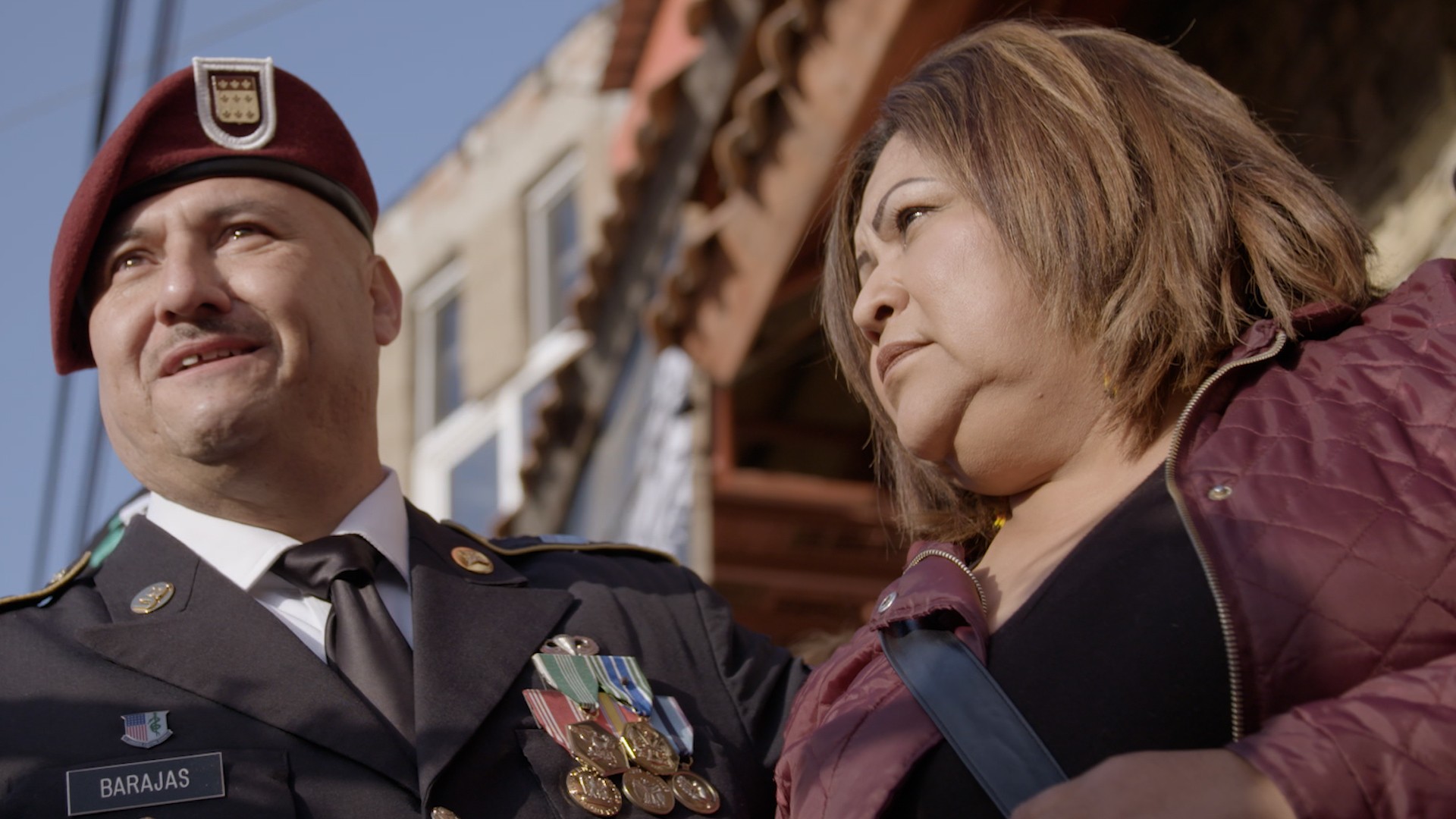Every since the Trump administration started splitting up families at the border, immigration attorney Martha Laura Garcia has been hearing different kinds of questions when she visits the undocumented men at the Cibola County Detention Center in Milan, New Mexico.Normally, they want to know about their own immigration cases — how long they’ll be stuck in detention, or whether Garcia and her colleagues at the New Mexico Immigrant Law Center could take on their cases.Over the past few weeks, however, the conversation has centered around their kids. Where are they? Can you explain the executive order? Does that mean I’m going to be able to see my son if we’ve already been separated?“Now, it’s like they don’t even care about their own case,” Garcia said. She has to tell the men: “As of today, right now, there isn’t a plan to reunify. That doesn’t mean you won’t be reunified.”She tries to reassure them: “Tomorrow, it could be different.”By the time President Donald Trump signed an executive order Wednesday that halted his administration’s policy of separating migrant families at the border, immigration officials had already separated at least 2,300 children from the adults with whom they had traveled. Only about 500 children have so been reunited with their parents, Customs and Border Patrol said in a letter sent Friday. According to that letter, that’s around 15 percent of the total separated kids — meaning that more than 3,000 families must have been split up.The Trump administration has yet to give any public indication that it has a plan to reunite those families. Instead, that work is largely falling to immigration lawyers and advocates, many of whom are already facing overloaded schedules. And they worry that some families may never be reunited.Every parent who wants to reunite with their kid will likely need the help of a lawyer, according to Boston immigration attorney Matt Cameron. And legal representation isn’t guaranteed within the immigration court system. Just 37 percent of all immigrants who went through immigration court between 2007 and 2012 had a lawyer, a 2015 study found.“They wanted to create this chaos,” Cameron said of the Trump administration.So far, Lopez said her organization has reconnected between 20 and 30 parents with their children.“It’s so small,” she admitted. “But to that one client, it makes such a difference. And so my hope is that for those 20 or 30, it has helped them a little bit.”Instead of trying to track down each detained man’s children, Garcia’s organization has focused on helping them write letters to Immigration Customs and Enforcement, since the men typically only remain at Cibola for a few weeks before they’re transferred to El Paso to go through immigration court.READ: Central Americans are more afraid of their home countries than of TrumpThe men can use the letters as a written record, establishing that yes, they did ask ICE to not deport them without their children. If the men cannot read or write, Garcia uses a form letter and tells them where to sign. So far, they’ve passed out the letters out to roughly 80 men.“They give that to their deportation officer,” explained Garcia, who works for the New Mexico Immigrant Law Center on an Equal Justice Works fellowship. “We haven’t seen if that’s been successful yet, because everything’s been changing, you know, every day basically.”Garcia also gives the men a number for a hotline to the Office of Refugee Resettlement, the government agency charged with caring for separating children. But the number comes with a warning.“You might have to call like 10 or 20 times before you get through to someone, because the line is so saturated,” Garcia said she tells the detained men. Correction: An earlier version of this story listed the wrong state as the location of the Cibola County Detention Center.Cover image: Deborah Berenice Vasquez-Barrios, an undocumented immigrant from Guatemala, comforts her son Kenner, 10, after he delivered his remarks at the St. Paul & St. Andrew Methodist Church, in New York, Thursday, June 21, 2018. (AP Photo/Richard Drew)
Correction: An earlier version of this story listed the wrong state as the location of the Cibola County Detention Center.Cover image: Deborah Berenice Vasquez-Barrios, an undocumented immigrant from Guatemala, comforts her son Kenner, 10, after he delivered his remarks at the St. Paul & St. Andrew Methodist Church, in New York, Thursday, June 21, 2018. (AP Photo/Richard Drew)
Advertisement
Advertisement
The El Paso-based Diocesan Migrant & Refugee Services, Inc. is one of those organizations now trying to reunite families. It’s currently working with the local and federal public defenders’ offices to reconnect children to their parents using the barest of biographical details, like a child’s name, birth date, or “Alien Registration Number” — an identifying number assigned by Immigrations and Customs Enforcement. If a parent doesn’t know their child’s alien number, Lopez’s team haso make an educated guess, based on the fact that alien numbers are given sequentially and immigration officials likely processed the family members together.READ: There's a pattern to ICE-issued ID numbers that could help parents reunite with their kidsEven with the number, it can take days to discover what facility a child is being held in, said Melissa Lopez, Diocesan Migrant & Refugee Services’ executive director.“I think the biggest gap in this whole situation is that the government has separated these parents and these children but has made no effort to try and ensure that either party knows where the other is,” Lopez said. “The government has taken no sort of responsibility and continues to use this practice — even though they’ve officially halted it — as a way of punishing people for coming to the United States and seeking asylum.”“Now, it’s like they don’t even care about their own case."
Advertisement
